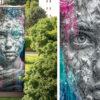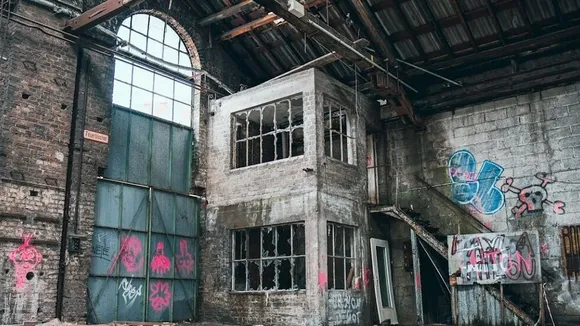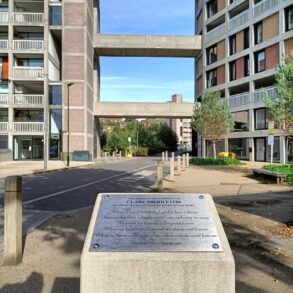
In the bustling streets of Thailand, a transformative movement unfolds, where the pulsating energy of graffiti merges with a profound commitment to environmental sustainability. This narrative is not merely about the aesthetics of street art; it’s a story of conscious creation, of artists who wield their cans not just to decorate, but to communicate a deeper message about ecological responsibility. From the vibrant alleyways of Bangkok to the cultural hubs in Pattaya, a new wave of eco-friendly practices is reshaping the Thai art scene, making it a beacon of innovative and sustainable artistic expression.
The Heartbeat of a Movement
At the core of this environmental art renaissance are initiatives like Big Trees, Scrap Lab, and Baan Noorg Collaborative Arts and Culture, each playing a pivotal role in intertwining creativity with eco-consciousness. These platforms go beyond traditional art forms, challenging creators and audiences alike to rethink the impact of art on our planet. The Rebel Art Space and Fabcafe, alongside the Thailand Creative & Design Center (TCDC), stand at the forefront of promoting sustainability, offering resources and venues that encourage artists to adopt green materials and methods. This collective effort signifies a shift towards a more responsible art form, where the materials used are as important as the messages conveyed.
Challenges and Resilience
Yet, this vibrant scene faces its share of challenges, particularly in urban areas like Pattaya, where graffiti is often seen through the lens of vandalism and defacement. Efforts to curb these activities and promote eco-friendly practices have seen limited success, hindered by legal and societal barriers. Despite these obstacles, the movement remains undeterred, fueled by a resilient spirit and a dedication to cause. Political graffiti, a potent form of expression amidst Thailand’s strict legal landscape, highlights the complex interplay between artistic freedom and respect for public spaces. This tension underscores the need for a balanced approach that honors both the artists’ voices and the community’s wellbeing.
Marching Towards Sustainability
The environmental toll of traditional graffiti, particularly the use of aerosol sprays, has sparked a quest for alternatives. Innovations like Graphenstone’s Ecosphere paint, an eco-friendly option, are gaining traction, offering a path to minimize the ecological footprint of street art. Moreover, community clean-up initiatives and supportive government policies reflect a growing consensus on the need for sustainable practices. These efforts highlight the importance of collaboration between artists, communities, and policymakers in preserving the beauty and health of urban landscapes. As Thailand’s graffiti scene continues to evolve, it stands as a testament to the power of art as a tool for environmental advocacy, proving that creativity can indeed go hand in hand with ecological stewardship.
In the end, Thailand’s eco-conscious graffiti movement paints a hopeful picture of the future, one where art not only captivates but also conserves. It’s a vivid reminder that in the hands of responsible artists, the streets can become canvases for change, echoing the urgent call for environmental preservation. As this movement grows, it not only beautifies urban spaces but also sows the seeds of awareness and action, inspiring a global audience to view art, and its potential impact, through a greener lens.
This post was originally published on this site be sure to check out more of their content.









